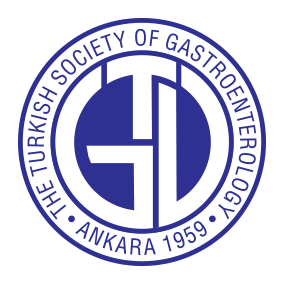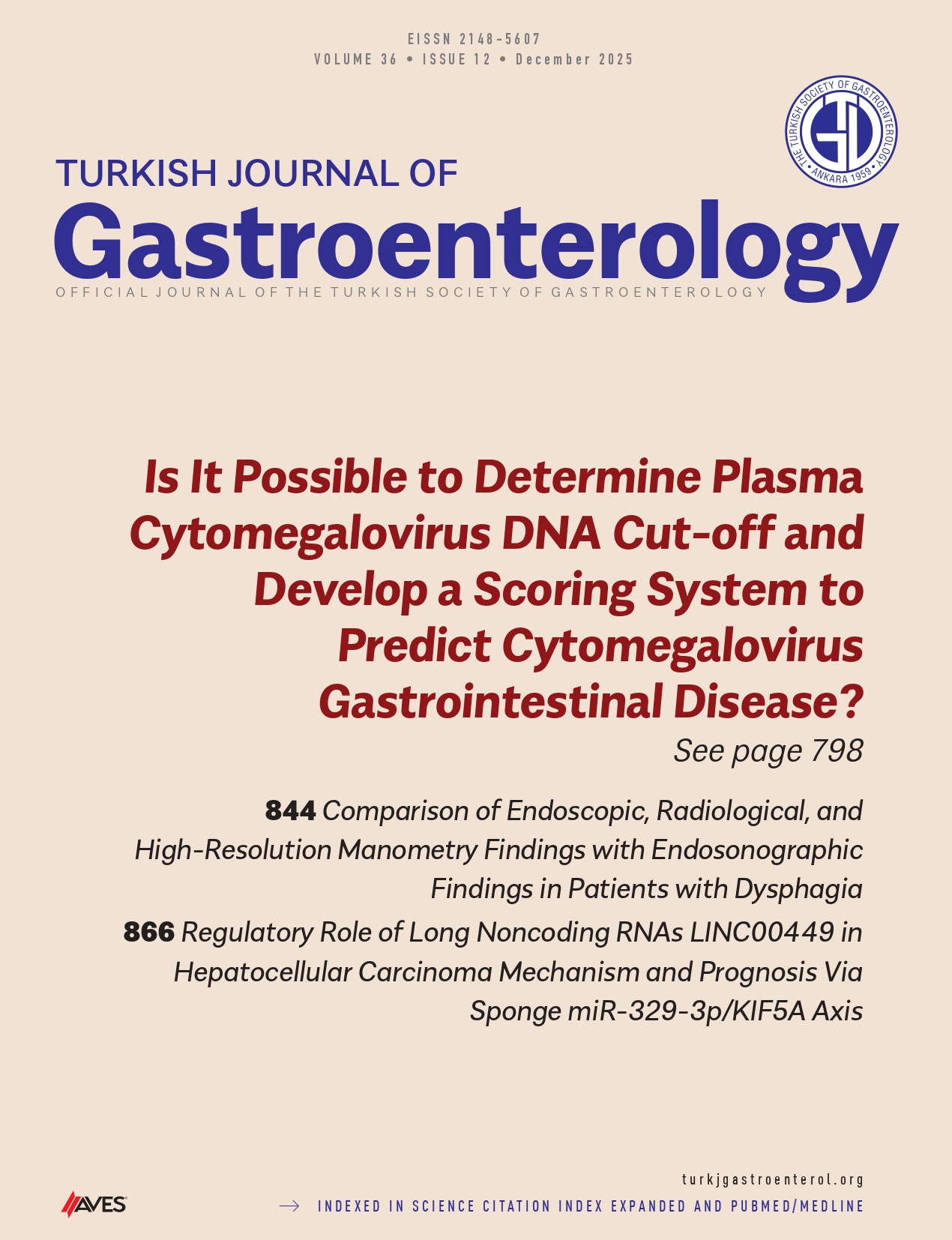Liver fibrosis is a key intermediate stage in the progression of chronic liver disease to end-stage liver cirrhosis. Mortality rises exponentially once it reaches decompensated liver disease. In a healthy liver microenvironment, hepatocytes, Kupffer cells, hepatic stellate cells (HSCs), liver sinusoidal endothelial cells, and other cells interact with extracellular matrix (ECM) to maintain cell stability and liver function. Different types of liver injury (such as viral hepatitis and alcoholic liver injury) can cause liver fibrosis. Liver injury signals activate Kupffer cells and recruit immune cells, leading to liver inflammation. This inflammation, together with liver injury, stimulates the activation of HSCs. Activated HSCs migrate to injury sites and secrete ECM. The ECM increase and stiffening contribute to fibrosis. Microenvironment changes alter cell phenotypes, perpetuating HSC activation. This article explores liver fibrosis mechanisms, reviews cellular and microenvironmental changes, summarizes fibrosis characteristics, and provides insights for clinical treatment.
Cite this article as: Zou X, Ke Y, Shao Y, Liu S, Shi T. Liver fibrosis: interactions between cells and microenvironments. Turk J Gastroenterol. Published online September 29, 2025. doi:10.5152/tjg.2025.25313.




.png)
.png)